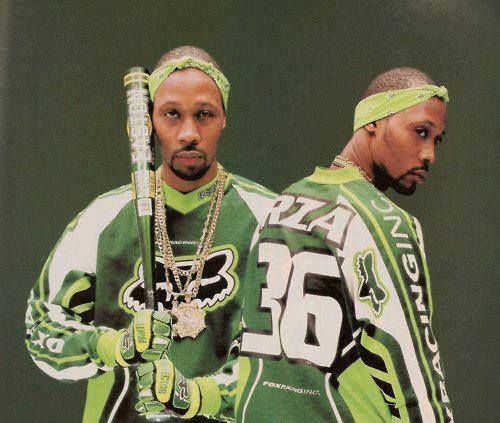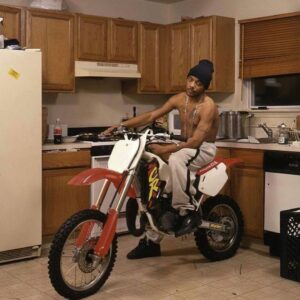At first glance, the worlds of hip-hop and motocross seem like oil and water – one fueled by lyrical fire and rhythmic precision hailing from urban streets, the other by the roar of engines and the courage to defy gravity tucked away off country roads. But dig a little deeper, and you'll unearth a fascinating cultural exchange where these seemingly disparate entities collided, influencing each other in surprising and profound ways creating a cross-cultural phenomenon.
At their core, hip-hop and motocross share a fascinating duality. Both celebrate raw talent, unwavering perseverance, and the electrifying thrill of pushing boundaries. They stand as testaments to freedom and rebellion, one through lyrical prowess and rhythmic ingenuity, the other through the roar of engines and gravity-defying stunts. They're testaments to self-expression and defying expectations. This shared DNA continues to bind them.
The 1980s and 90s witnessed a parallel rise in both hip-hop and motocross. Inner-city youth, yearning for an outlet, found themselves drawn to the raw energy of these pursuits. In concrete jungles, dirt bikes weren't mere recreational vehicles; they became an outlet and part of the culture.
Pioneering groups like the Wu-Tang Clan weren't afraid to embrace this unconventional image. RZA, a founding member of Wu-Tang Clan, was frequently spotted sporting Fox Racing gear, putting the fashion of Motocross on the map.

Mobb Deep's Prodigy (1974-2017) took the influence beyond brand logos. In his iconic track "Quiet Storm," he dropped a personal reference – his '98 dirt bike. This detail wasn't just a lyrical flourish; it was a nod to a passion that extended beyond the music, as evidenced by a photoshoot featuring the same bike. This personal touch resonated with fans who shared his love for the high-octane world of motocross.

The influence transcended brand logos. The clothing style that dominated 90's hip-hop fashion had a heavy influence on motocross attire. Motocross jerseys and pants began to emulate the Hip-Hop culture and helped expand the market. This fashion crossover solidified the connection between the two cultures, creating a visual language that resonated with fans of both.
The influence wasn't a one-way street. Hip-hop's emphasis on individuality and swagger seeped into the world of motocross. Riders began expressing themselves through custom gear and flamboyant riding styles. Motocross events started incorporating elements of hip-hop culture, with DJs and breakdancing exhibitions adding to the vibrant and inclusive atmosphere.
Today, the influence of this cultural exchange is still felt. Motocross brands continue to collaborate with hip-hop artists on clothing lines and events. Travis Pastrana, a huge hip-hop fan, has actively blurred the lines between the two worlds. His Nitro Circus events, known for their gravity-defying stunts, often feature hip-hop soundtracks and collaborations with artists like Lil Wayne and Wiz Khalifa.
The story of hip-hop and motocross is a testament to the power of cultural exchange. It's a reminder that inspiration can come from the most unexpected places, and that by breaking down barriers, we can create something truly unique and powerful. So next time you hear a hip-hop beat or witness a dirt bike soar through the air, remember the unlikely connection that binds these two vibrant cultures.
